Positive dog behavior is the foundation of a wonderful partnership, signaling the start of a delightful journey with a devoted buddy eager to share life’s experiences. Developing appropriate behavior in your pet is critical for cultivating a deep and loving attachment, much like people react strongly to thoughtful direction and positive reinforcement. This blog article digs into practical approaches, providing insights and ways to improve your dog’s behavior. Understanding the nuances of canine behavior is critical for effective training since dogs communicate themselves through body language, movements, and responses to stimuli. Recognizing these cues enables intelligent reactions, encouraging positive acts while gently correcting undesired behavior.
Individuality is important in the field of positive behavior encouragement for dogs. Every dog has unique needs, interests, and triggers, which serve as the foundation for tailored training techniques that take into account their specific characteristics. Positive reinforcement, whether through food, love, or praise, is the core notion driving effective behavior training. This technique fosters a cooperative relationship based on trust and empathy, deepening your bond with your canine friend. Positive reinforcement not only encourages the recurrence of desired actions, but it also fosters a profound relationship, which naturally grows in a home that values constructive behavior.
Establish Clear Expectations
One of the most important steps in encouraging healthy behavior in dogs is to set clear expectations. When these creatures know exactly what is expected of them, they thrive. Establishing norms and boundaries early on is crucial to building a solid foundation.
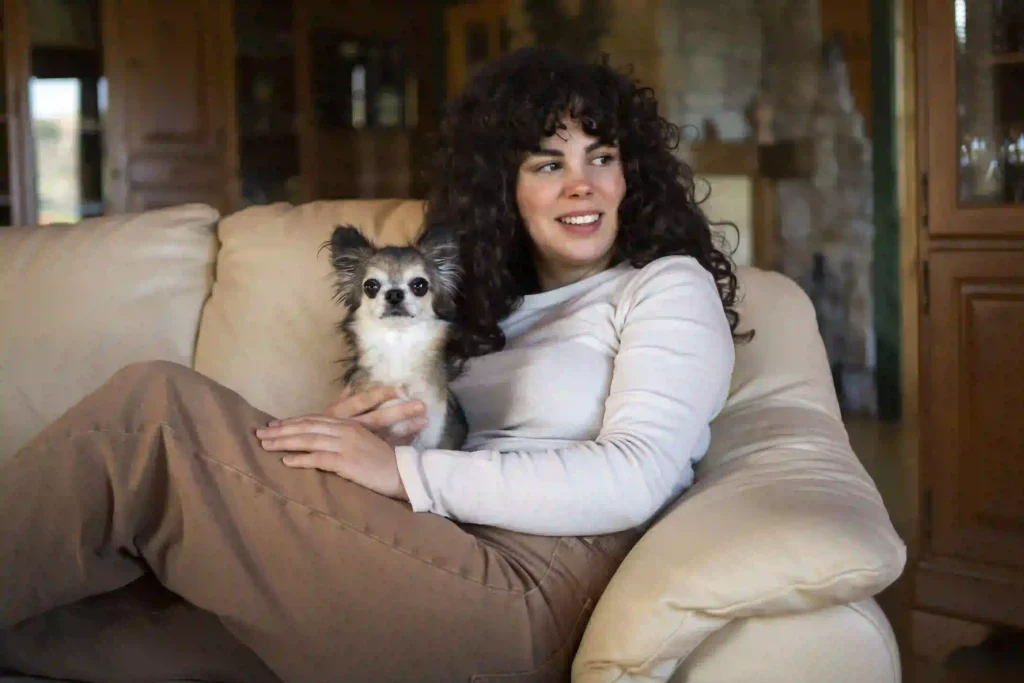
This proactive approach helps you maintain consistency in enforcing those expectations and conveys to your dog what behavior is acceptable. You may give your dog a feeling of order in his everyday life and create a safe and predictable environment by constantly following the rules.
A crucial element in determining how your dog behaves is consistency. Dogs pick up new information through routine and repetition, so it’s important to apply rules and expectations consistently to help them understand them. Be steadfast in your enforcement of house rules and basic commands. Your dog will feel more safe because they can expect the repercussions of their activities due to this predictability. Your dog may become confused and find it more difficult to understand the appropriate behaviors if there is inconsistency. Thus, you build a solid foundation that helps you have a well-mannered and happy dog partner by setting and constantly enforcing clear expectations.
Establishing clear expectations helps to foster trust between you and your dog in addition to giving structure. Your pet will feel more comfortable interacting with you and their environment if they know what to expect. This feeling of safety helps to build a strong relationship and motivates your dog to behave in a way that meets the set standards. In addition to molding your dog’s behavior, your constant communication and reinforcement of these standards fortify the basis of a sound and peaceful partnership with your four-legged companion.
Use a Clicker for Training
Training dogs with a clicker is a popular and effective method of encouraging positive behavior. By linking a distinct click sound to a treat, you may establish a clear line of communication with your dog.
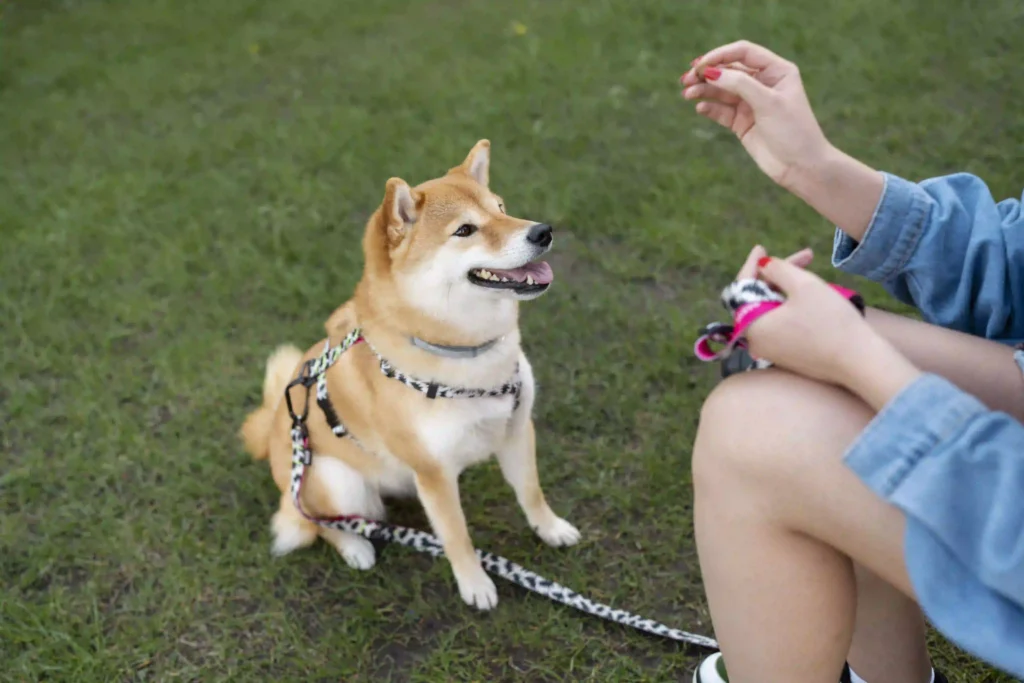
The click provides instantaneous feedback and acts as a precise and instantaneous marker for desired behavior. Dogs need this instant input to know precisely which behaviors are rewarded, which speeds up and improves the learning process. When teaching specific commands and tricks, clicker training is very helpful since it allows you to precisely time when a student obeys or succeeds.
Start by introducing the clicker to your dog in a neutral setting if you want to use clicker training efficiently. To create a favorable mental association, associate the click sound with tasty food. After your dog is aware of this connection, use the clicker to identify and reward good behavior. By utilizing the clicker consistently, you may improve your dog’s comprehension of expectations and make the training process more efficient and pleasurable for both of you.
Including clicker training in your routine has several benefits. In the first place, it gives your dog a clear and quick way to communicate, which will lessen confusion. Second, a positive link is formed between the desired behavior and the goodies that provide positive reinforcement. Precise timing is another benefit of clicker training, which aids in your dog’s ability to quickly associate actions with the desired result. Last but not least, this approach makes teaching your pet more enjoyable by incorporating a fun factor.
Be Patient and Consistent
When it comes to dog training, it’s important to be persistent and patient. Similar to people, dogs may not understand instructions right away, therefore repetition is essential to success. As you both progress through the learning process, patience is a virtue. It’s crucial to understand that each dog learns at a different rate, and giving them enough time to process and apply what they’ve learned makes training them more successful and enjoyable. You can establish a trusting relationship with your dog and create a learning environment by being patient.
- Repetition is Key Since dogs learn best by repetition, be ready to repeat instructions and actions repeatedly until they fully understand them.
- Reward Little Successes To promote positive behavior and inspire continued learning, acknowledge and celebrate your dog’s small achievements during training sessions
- Realistic Expectations Recognize that dogs need time to learn new things and establish reasonable expectations for their development. Appreciate small victories and exercise patience when faced with obstacles.
- Employ Positive Reinforcement Treats and praise are examples of positive reinforcement, which is a potent technique for fostering desirable behaviors. Reward good conduct consistently to help reinforce the link between good deeds and rewards.
Patience and consistency are not just virtues but also the foundation of success in the field of dog training. They create the foundation for a peaceful learning process and strengthen your relationship with your four-legged companion. When you lead your dog through training with patience and everyone in the home follows the rules as they are laid down, you create a cooperative and happy environment that will eventually lead to a well-mannered and happy dog.
Avoid Punishment
One of the most important things in maintaining a happy and healthy connection with your dog is to avoid punishment.
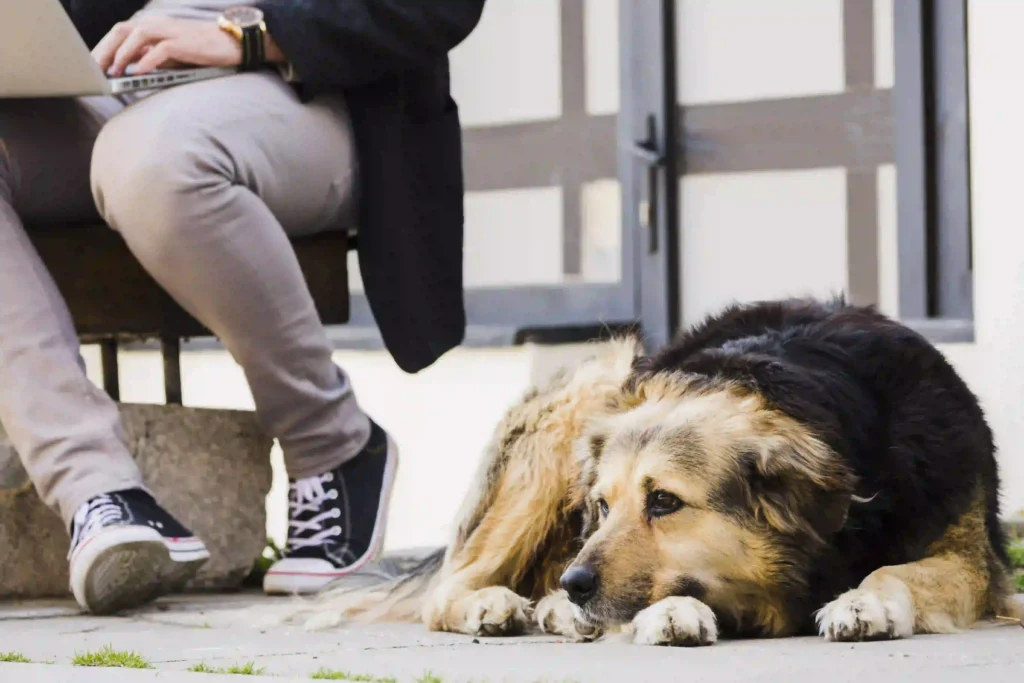
Punishment is a form of negative reinforcement that can cause worry and fear in your dog, which can be detrimental to their mental health. It works better to divert their attention to things that are more appropriate rather than using punitive measures for unwanted behavior. This method not only helps your pet avoid forming unfavorable connections with you or your surroundings, but it also fosters a happy and healthy learning environment for them.
Concentrating on constructive substitutes is an essential tactic for guiding your dog away from undesirable actions. Recognize and reward behaviors that meet your expectations, providing positive reinforcement when these behaviors are demonstrated. Over time, by continuously praising and rewarding good behavior, you can set up conditions in which your dog is more inclined to select those actions. This approach to positive reinforcement strengthens the link between you and your dog and helps them understand which behaviors are rewarded, which makes learning more fun and successful.
Your dog is more likely to feel safe and confident in their interactions with you if there are no harsh consequences. By doing this, you help to build trust since your dog will start to associate your presence with good things. Redirecting their focus and providing positive reinforcement for acceptable conduct not only helps deal with unwanted behavior but also gives your dog the ability to make better decisions, which will eventually result in a happy and well-adjusted dog buddy.
Interactive Toys and Mental Stimulation
Understanding dogs’ intellect is crucial for their general welfare, and integrating cognitive activities into their everyday schedules is an important part of being a responsible pet owner.
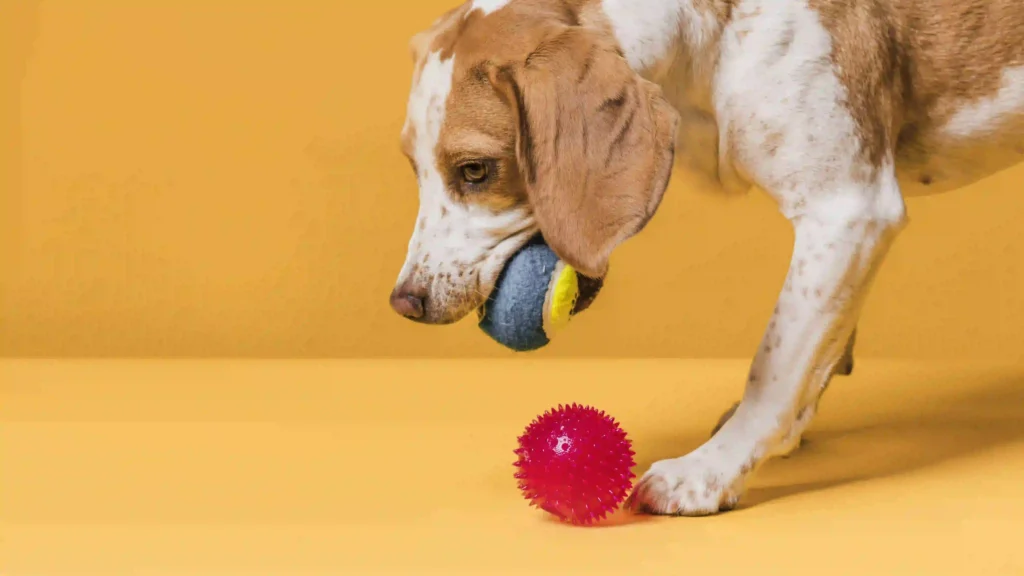
Puzzle feeders and interactive toys are excellent resources for stimulating your dog’s mental faculties. These toys give them a way to mentally exercise, testing their ability to solve problems and stimulating their thoughts. Introducing mentally engaging activities to your pet not only meets their demands intellectually but also makes them happier and more balanced.
Like people, dogs can get bored and exhibit unwanted habits as a result. Boredom-busting strategies include giving them interactive toys and getting them involved in mentally taxing tasks. Dogs who get mental stimulation are less prone to exhibit harmful actions that result from boredom or frustration. Beyond just keeping people from getting bored, mental stimulation also encourages healthy conduct by refocusing their energy on productive endeavors. Their general mood and demeanor are improved, in addition to their mental wellness.
Including mental exercise in your dog’s routine is a proactive way to make sure they are happy and healthy. It’s an investment in their emotional well-being and mental health. It is our responsibility as responsible pet owners to identify and meet our animal friends’ intellectual demands. You may actively contribute to a positive and enriching environment for your dog by giving them interactive toys, puzzle feeders, and mentally taxing activities. Consequently, this fosters constructive conduct and upholds their general well-being.
Regular Exercise for Positive Dog Behavior
Regular exercise is a vital component of proper dog ownership because it is essential to our furry friends’ physical and emotional well-being.
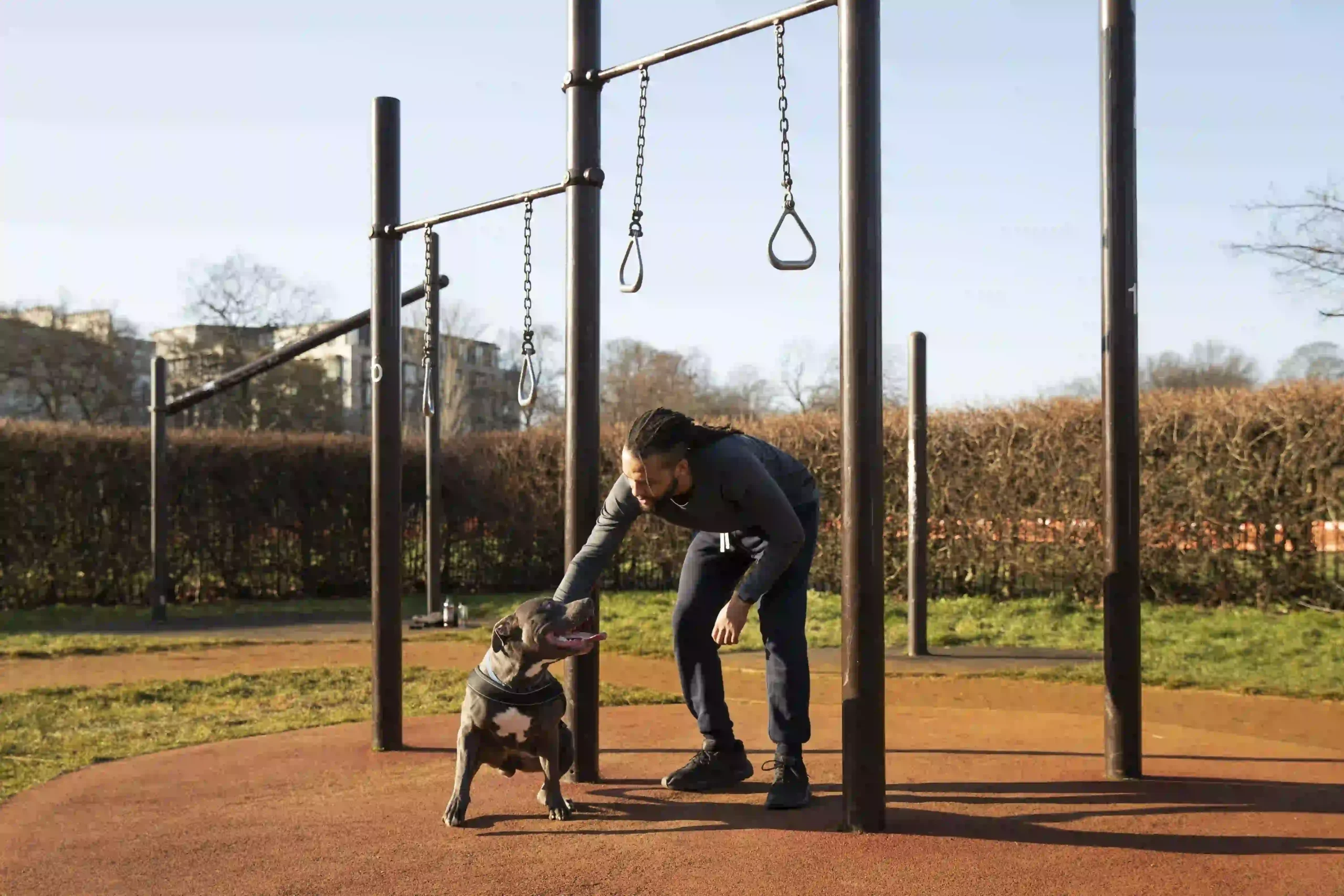
Since dogs are inherently energetic animals, it’s essential to provide them with enough opportunities to exercise to keep them in good physical condition. Regular walks, play dates, and other physical activities help dogs stay physically healthy by keeping their muscles toned and their weight at an ideal level, but they also have a significant positive effect on their emotional health. Frequent exercise helps dogs release stored energy, which lowers the risk of boredom and fosters a happy, balanced mood.
Many times, a weary dog is a happy dog. Frequent exercise is essential for avoiding bad habits that result from boredom or surplus energy. Regular exercisers have a lower incidence of destructive habits in their dogs, such as excessive digging or chewing. By giving their innate inclinations a platform, physical exercise lowers tension and anxiety. Furthermore, consistent exercise has benefits that go beyond the momentous aftermath of activity; it affects your dog’s conduct in general by encouraging a feeling of contentment and fulfillment.
Including exercise in your dog’s daily routine is an investment in their overall health and wellbeing. It greatly improves their mental and emotional well-being in addition to meeting their bodily demands. Establishing a pleasant routine that strengthens the link between you and your dog through play, walks, and other physical activities is a responsible way to take care of your pet.
Professional Training Classes
Taking your dog to classes taught by a professional trainer can be a game-changer when it comes to raising a well-mannered and social dog. These courses offer a disciplined and supervised setting supervised by knowledgeable trainers who are aware of the subtleties of dog behavior.
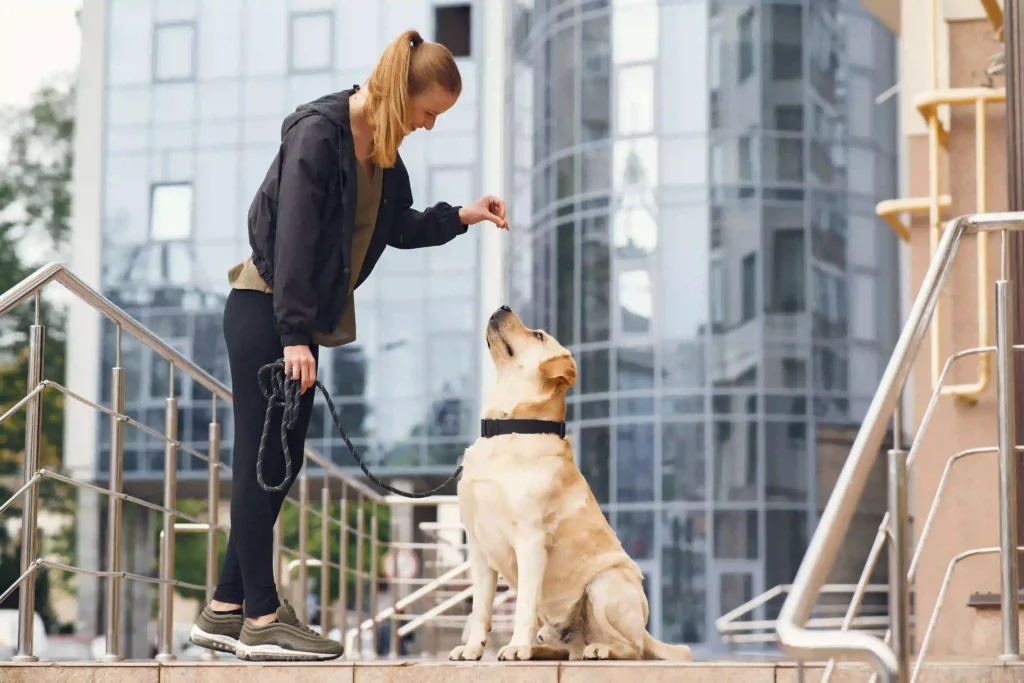
Professional training sessions provide more than just teaching fundamental commands. They also cover behavioral concerns and social skill refinement as part of a comprehensive training approach. These lessons foster a pleasant learning environment for both you and your dog, the owner, by providing you with the skills and information required for effective leadership and communication. Professional training programs give priceless socialization opportunities in addition to learning.
By fostering appropriate social behavior in a supervised environment, you can lessen your dog’s risk of developing behavioral problems like fearfulness or aggression. Training programs expose your dog to a variety of places, sounds, and stimuli that help them become more adaptive and well-mannered in a variety of settings. Because these lessons are regulated, trainers can focus on certain behavioral issues and adjust tactics to fit individual dogs, resulting in a customized and successful training program.
Taking your dog to expert training sessions improves both your dog’s repertoire of behaviors and the relationship between you and your pet. An owner-dog relationship built on mutual understanding and teamwork is facilitated by the shared learning experience. Expert trainers may provide insightful analysis of your dog’s behavior, assisting you in resolving any issues or problems. Participating in training programs not only benefits your dog’s health but also gives you the tools you need to be a responsible dog owner and raise a well-mannered, socially savvy companion.
Conclusion
Fostering positive behavior in your dogs is a journey that demands persistence, tolerance, and a thorough comprehension of your pet’s requirements. You can mold your dog into a well-mannered and contented friend by setting clear expectations, employing positive reinforcement, and offering mental and physical stimulation. It’s important to keep in mind that nurturing the special link between you and your dog friend requires creating a good and loving environment.

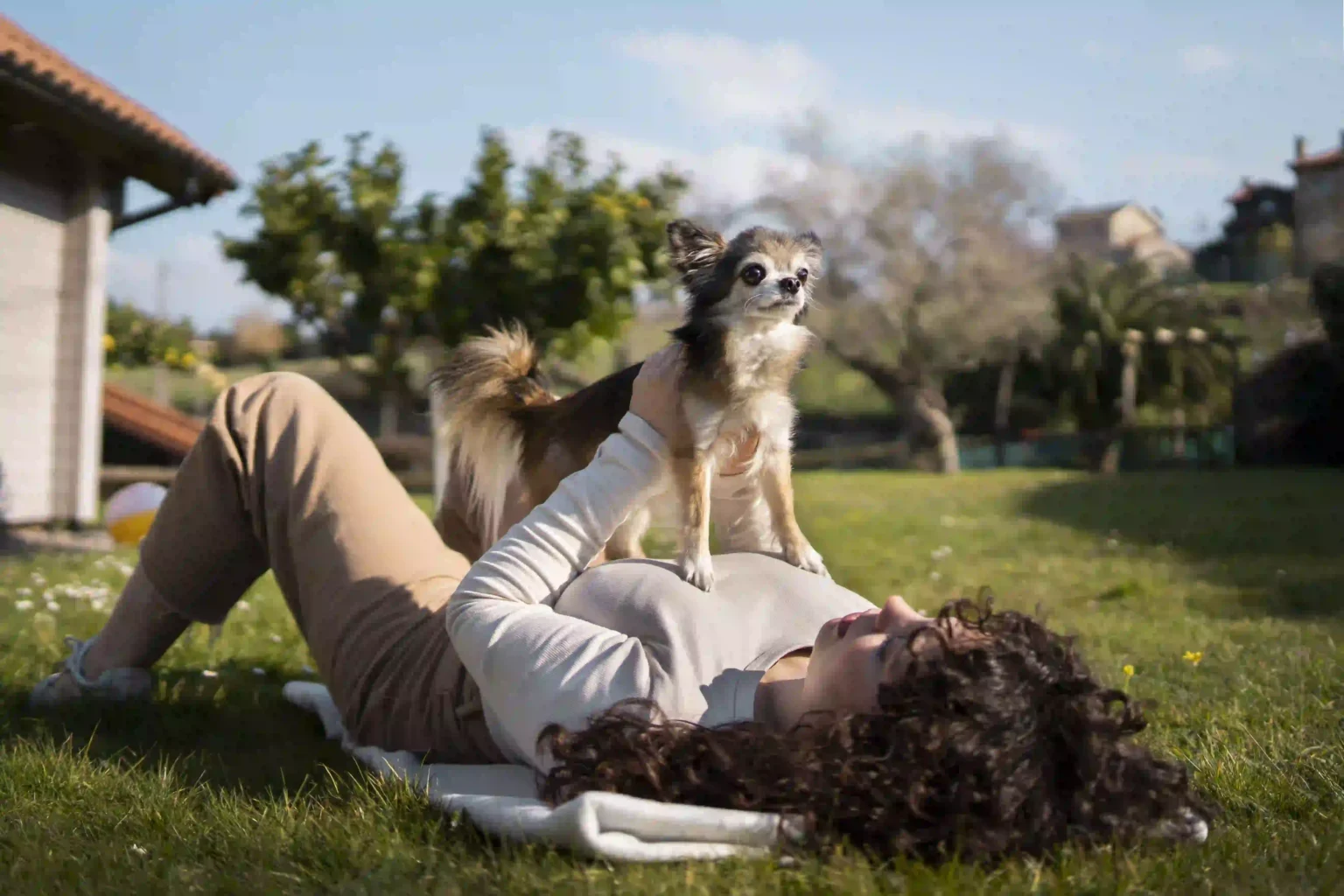
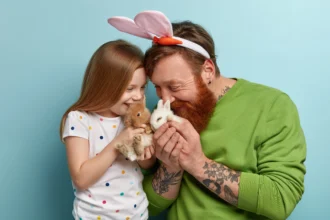
I always find something interesting on your website.
I’ve recently started a blog, the info you offer on this web site has helped me tremendously. Thanks for all of your time & work.
The root of your writing while sounding agreeable initially, did not work properly with me personally after some time. Somewhere within the sentences you actually managed to make me a believer unfortunately just for a short while. I still have got a problem with your leaps in assumptions and one would do well to fill in all those gaps. In the event that you actually can accomplish that, I could surely end up being amazed.